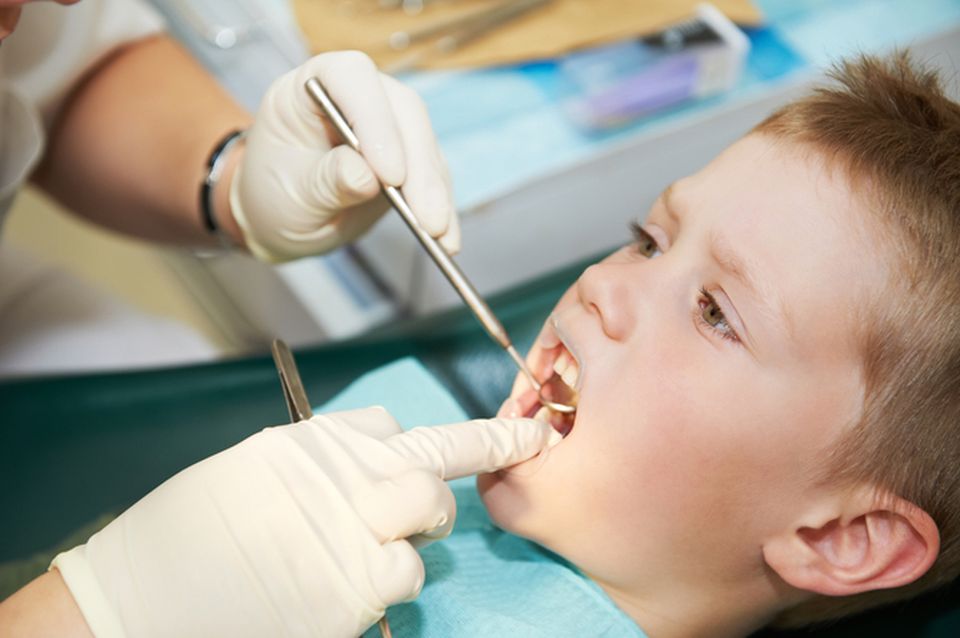The Federal government’s most recent announcement of “landmark reform” in commonwealth dental funding has the Australian Dental and Oral Health Therapists Association (ADOHTA) wary of the new scheme causing more harm than good.
In an announcement made by the Federal Health Minister Sussan Ley, every Australian child and millions of low-income adults, will be eligible for subsidised dental care under an ambitious new Turnbull government plan.
ADOHTA President Hellene Platell says that while any investment in dental care is welcomed, many within the industry have their concerns about the efficiency and effectiveness the new scheme to be known as the Child and Adult Public Dental Scheme, or caPDS.
“Whilst the Commonwealth are spruiking these changes and the investment in dental care as a major win for healthcare consumers, early modelling of the funding mechanisms seem to represent a significant funding cut, not an increase, despite the rhetoric we are hearing from the Turnbull government.”
“Our organisation has been in close liaison with a number of other interested bodies and although the scheme Minister Ley announced declared the $415m in funding as an increase – it is actually 33% less than the figure of $615m promised in last year’s Budget.”
Ms Platell says that the plan to deliver more dental services to Australians both, children and adults should be taken with caution.
“It is highly unlikely that demand for this new scheme can be met via the public sector, with current waiting lists amongst state and territory clinics ranging between 9 months to 3 years.”
“Add to this the massive gaps of unmet need in vulnerable populations such as the elderly, those who live in rural and remote settings and Aboriginal and Torres Strait Islanders and it is clear to see that the announcement is a gross miscalculation of funding to address these underserviced areas and consumer populations.”
ADOHTA also believes the new scheme has also failed to address concerns raised in a number of recent reviews and reports submitted to the Commonwealth.
“Abandoning the Child Dental Benefits Schedule ignores advice from two recent reviews that reported it was running well and should be promoted more heavily.”
“If the government were serious in its wishes to deliver dental care to a wider section of the community it must look for innovative ways to deliver schemes which focus on these sectors of the community.”
“Many of these were recently identified in the National Oral Health Plan signed off on by all Australian Government Health Ministers.” Says Ms Platell.
ADOHTA believes that any new models and funding mechanisms promoted by the Commonwealth should look to focus more on primary preventive oral health care and better use of the Oral Health Practitioner (OHP) workforce in general health services.
Oral Health Practitioners are qualified professionals which include Dental Therapists, Oral Health Therapists and Dental Hygienists.
“Better use and recognition of the OHP workforce could potentially have huge saving implications for the Commonwealth and States and Territories.”
“Like other allied health professionals in primary care, OHPs must still work in a structured relationship with a dentist. These changes have allowed primary oral health providers to move into private practice, but do not on their own allow the full benefit to the system and individuals to be realised. The standard is to be reviewed in 2017.” says Ms Platell.
Ms Platell says Australia has invested in building the capacity of OHPs by advancing their training and education (three year bachelor degrees) and since 2010, registering them nationally through the Australian Health Professionals Registration Agency.
“We believe that OHPs can be supported to work in ways that make a greater contribution to improving the oral and general health of Australians, both in our cities and in rural, regional and remote areas.”


Latest Comments